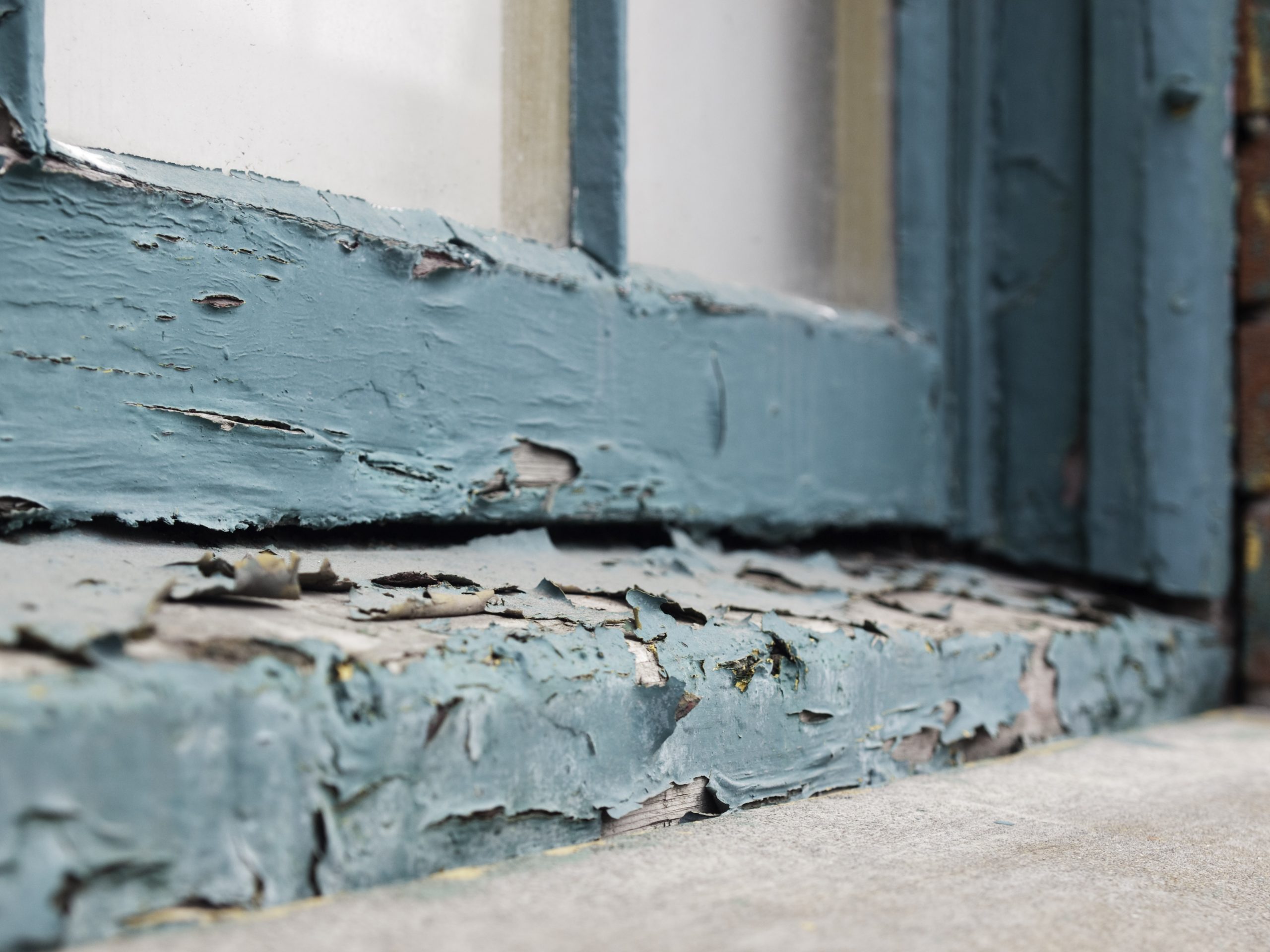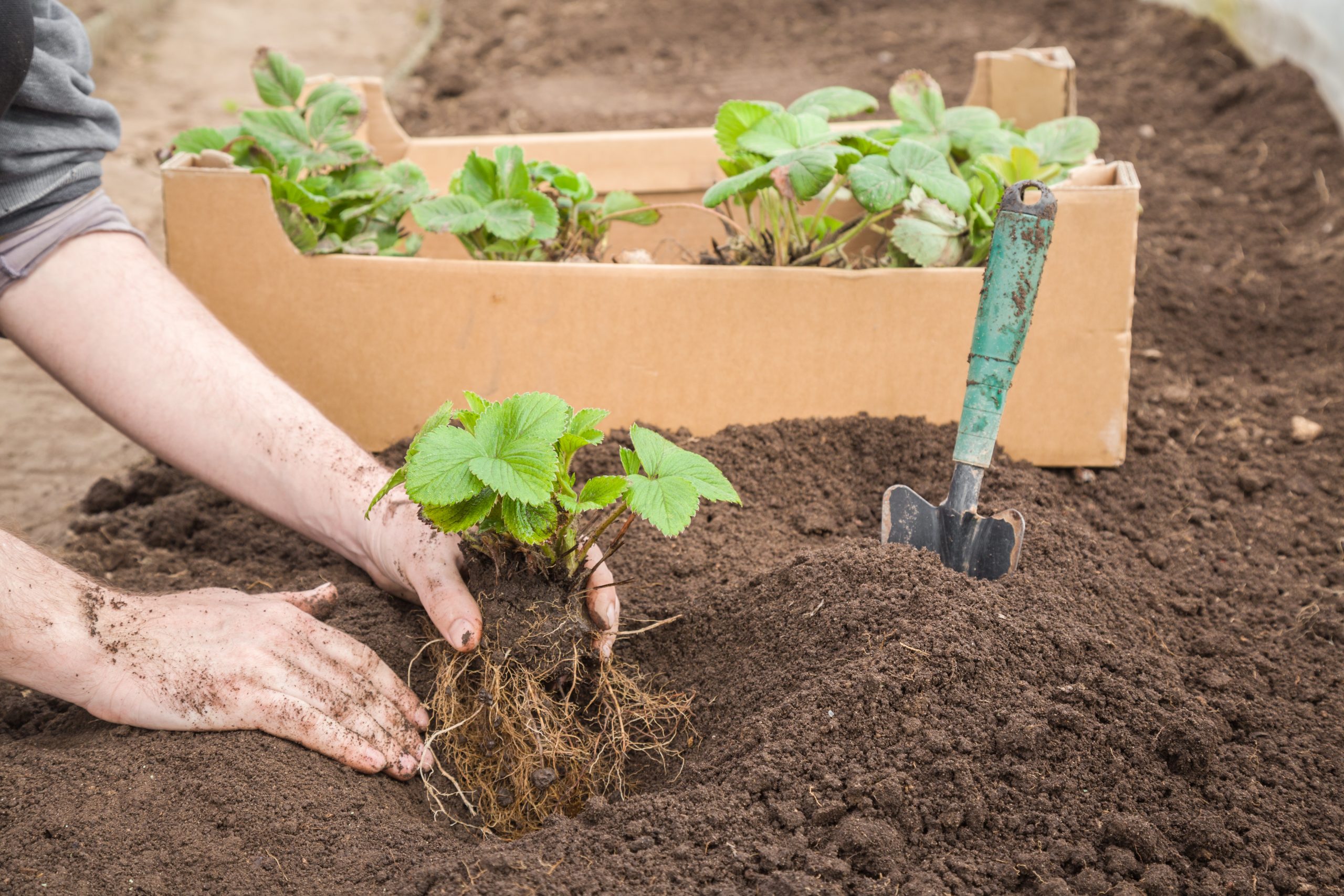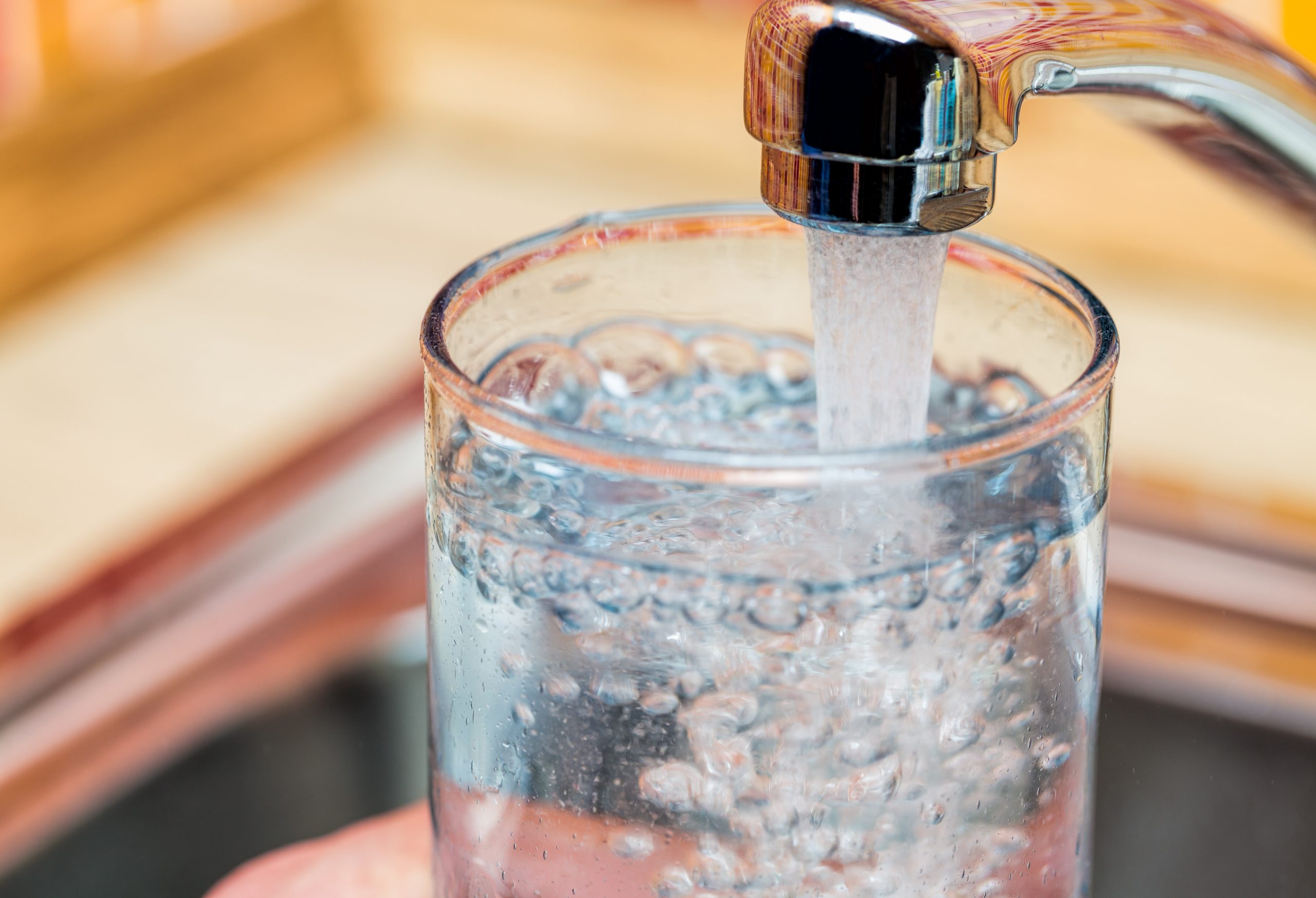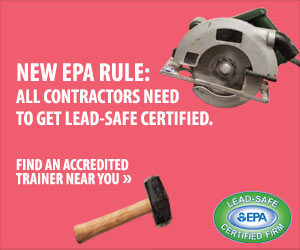If your home was built before 1978 it may contain lead paint. Dust from lead paint is a major source of lead poisoning in children, but you can take steps to prevent exposure to your family. It is important to follow lead-safe guidelines when doing repairs and renovations to your home, or to hire a lead-safe certified contractor. Lead paint can flake off into soil around your house as another source of lead exposure to your family.

- Lead in paint
- Lead in soil
- Lead in water
- Information for rental properties and real estate
- Information for Lead Professionals
- Funding Resources
Lead Safe Renovation
Most buildings built before 1978 contain lead paint. Dust from lead paint, due to normal wear and tear or due to renovations, can expose your family to lead. If you live in an older house, routine maintenance can keep the paint intact, reducing exposure to lead dust and paint chips to your family. If you plan to upgrade or renovate your home, make sure to use safe renovation practices to protect your family from lead exposure. Doing renovations without proper precautions can expose you and your family to high levels of lead. Activities such as scraping old paint or removing it with a heat gun can produce dangerous lead dust, chips and fumes. Guidelines for lead-safe renovations can be found on the EPA's website.
It may be best to hire a lead-certified contractor, rather than doing this work yourself. If you hire a professional contractor, choose one that is certified under the EPA's Renovation, Repair, and Painting (RRP) program. When you hire a contractor:
-
- Make sure the individual or firm has an EPA RRP certificate
- Make sure your contract states that all work will be performed using lead-safe work practices
- Assure clearance testing is performed once the project is complete
- Get a copy of the results that show no hazardous lead dust was left behind
You can test for lead in your home using an EPA-certified lead inspector. A professional is likely to be more thorough than doing it yourself, however, there are ways to take your own samples for testing. The EPA keeps a list of accredited laboratories. The Virginia Division of Consolidated Laboratory Services maintains a searchable list of accredited laboratories located in Virginia.
If the main purpose of the project is to make the house lead-safe, and not just as part of an overall renovation project, then you should use a licensed lead abatement firm. Virginia law (CVA 54.1, Chapter 5) requires lead contractors and certain individuals to be licensed before conducting activities that disturb lead based paint. This program is administered by the Virginia Department of Professional and Occupational Regulation (DPOR). Their phone number is (804) 367-8595.
Go to DPOR search for licensed lead contractor or worker to verify license, license status, complaint history and more.
Once you have chosen a lead contractor or individual and checked for any complaints, then the next step is developing a contract for the scope of services. Make sure you specify in the contract the detailed nature of the work. Make sure it is noted that the purpose of the project is to permanently remove lead paint hazards or to abate lead-based paint; as this will protect you, your family, and community in case there are any legal problems.
Before this type of project begins, Virginia regulation (16 VAC 25-35-10) requires written notification of any lead project by the contractor or individual to the Department of Labor and Industry (DOLI) on their department form. There is no fee for residential property (16 VAC 25-35-40) and the provision for notifications for less than the required 20 days (emergency) is available (16 VAC 25-35-30).
Go to DOLI lead notification form
Note: At present, DOLI does not issue an actual permit for lead abatement projects that do not require a fee. Contractors do not have to wait for DOLI to send them a permit to start the project after they have submitted the notification. They only need to submit the notification.



Lead in the soil around your home (from lead paint) or nearby a busy street (from leaded gasoline) may have high levels of lead. Follow safe gardening practices to reduce exposure to your family from lead that may be in your soil:
- Plant gardens or put play areas away from roads and houses or sheds that may have been painted with lead-based paints (before 1978)
- Minimize contact with bare soil by
- Covering the soil with mulch or grass, or by adding clean soil or compost
- Using raised beds filled with clean soil
- Building sandboxes for children, filled with clean sand
- Practice good hygiene by
- Using gardening gloves and washing hands after touching the soil
- Changing out of dirty clothes and shoes after you are finished gardening or playing outside
- Wash your produce before eating it with water with a small amount of vinegar (1% solution) or soapy water
- Peel root vegetables and remove outer leaves of leafy vegetables (anything that comes in direct contact with soil
If you live in an older neighborhood or an an area previously used for industries that created lead pollution, you can get your soil tested for lead.
Lead in Water
There are many ways people can be exposed to lead, including through drinking water. Lead is rarely found in natural sources of water. However, it is possible that homes built before 1986 contain lead in pipes, plumbing, fixtures, and solder. This lead can dissolve into your water, especially if it has been sitting in the pipes for a few hours.
There are a few things you can do to reduce your family’s risk of exposure to lead through your drinking water:
- Flush your pipes by running the water for 1-2 minutes before drinking or using it
- Use cold water only for drinking and cooking food. Hot water can cause more lead to leach from pipes. Avoid using hot water from the tap to mix infant formula.
- Use a point-of-use (POU) water filtration device. These devices are used to remove impurities, including lead, from water at the point of use (i.e., faucet, refrigerator, pitcher, or water bottle).
- Have your water tested for lead
WATER TESTING RESOURCES
- Consumer Confidence Reports
- The EPA requires community water suppliers to test water quality regularly. The results of these water quality tests can be found in CCRs, provided annually
- Ask your water supplier (or landlord, if you live in an apartment building) for a copy of the CCR for your address.
- Understanding your CCR
- Virginia Household Water Quality Program Well Water Testing Clinics
- VAHWQP hosts drinking water testing clinics across the state. The program tests for other contaminants in addition to lead, including bacteria and nitrate
- Find a clinic happening near you
- Private certified water testing laboratories
The Office of Drinking Water (ODW) can provide more information about lead in drinking water.

Information for Homeowners and Renters
Homebuyers and renters have the right to know whether lead hazards are present in a home before signing contracts or leases. If you are buying properties built before 1978, you should be provided with:
- Information about identifying lead in your home
- Information about any known lead-based paint hazards
- A 10-day period to conduct a paint inspection or risk assessment for lead-based paint hazards
If you have concerns, then talk to your landlord (or the seller) to get a lead inspection from a certified inspector before signing your lease. For more information, visit https://www.epa.gov/lead/questions-and-answers-homeowners-and-renters-about-understanding-lead-inspections-risk
Information for Homebuyers and Sellers
As owners, landlords, agents, and managers of rental property, you play an important role in protecting the health of your tenants and their children. Buildings built before 1978 are much more likely to have lead-based paint. Federal law requires you to provide certain important information about lead paint before a prospective renter is obligating under lease to rent from you. Learn more at https://www.epa.gov/lead/real-estate-disclosures-about-potential-lead-hazards
The Department of Professional and Occupational Regulation (DPOR) licenses individuals engaged in lead-based paint remediation and renovation, and home inspection. Visit their website to learn more about licensing and accredited training programs, current laws and regulations, and other information for professionals.
The Department of Labor and Industry (DOLI) enforces regulations regarding project permits. Visit their website for more information.
If you need funding for lead remediation or abatement for your home, some localities have programs for financial assistance.
Roanoke City: www.roanokeva.gov/684/Lead-Safe-Roanoke
Richmond City: www.vdh.virginia.gov/richmond-city/healthy-homes
The Department of Housing and Community Development (DHCD) has a Lead Hazard Reduction Program. Visit DHCD's website for information about all of their housing rehabilitation programs.
Financial institutions may provide a low interest rate for this type of work. Some of the expenses for lead remediation or abatement on a residence where a child has an elevated blood lead level may also be a federal tax deduction under medical expenses, but check with you tax adviser. www.irs.gov/publications/p502

